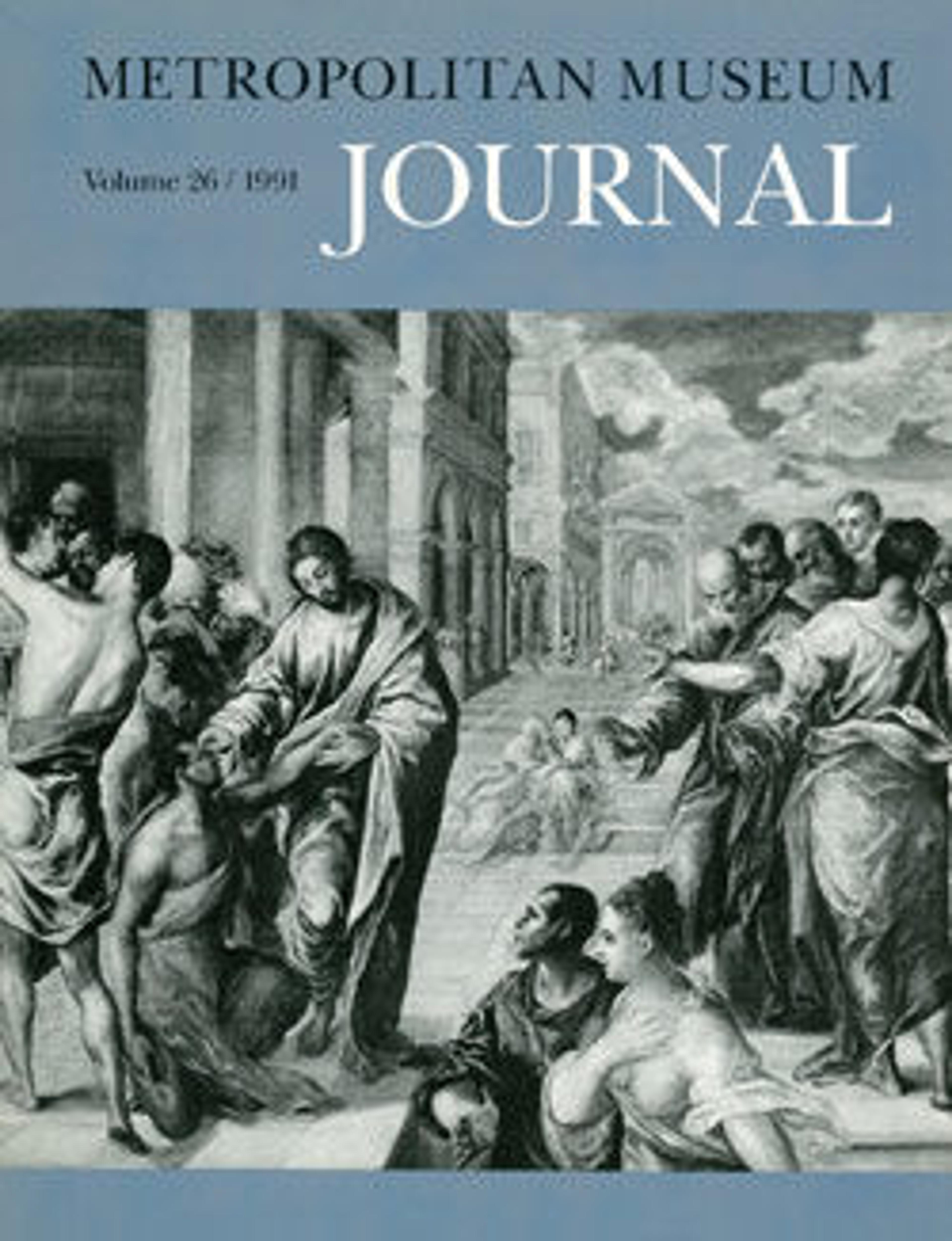Head of a King, Possibly Seankhkare Mentuhotep III
The features of this head are closely matched by a relief from Armant, near Thebes, which is housed in the Brooklyn Museum and is inscribed for King Seankhkare Mentuhotep III, son and successor of the great Mentuhotep II. It is, therefore, conceivable that also this head depicts Mentuhatep III. The piece is a notable work from the late phase of a style that was first initiated during the later Old Kingdom and has been nicknamed “second style" (of the Old Kingdom) by Egyptologists. The sculptor conceived the image in a predominantly stylized manner. The mouth—circumscribed by a prominent relief line—can be understood as smiling, but the expression is not communicative; the shape of the ears is unusually abstract; and the elongated, slanting eyes are set unnaturally high in the face, almost eliminating any indication of a forehead. Only the softly rounded surfaces and outline of the cheeks and jaws add animation to the predominantly conceptual image.
Artwork Details
- Title:Head of a King, Possibly Seankhkare Mentuhotep III
- Period:Middle Kingdom
- Dynasty:Dynasty 11, late
- Reign:reign of Mentuhotep III
- Date:ca. 2000–1988 B.C.
- Geography:From Egypt
- Medium:Limestone
- Dimensions:H. 18.3 cm (7 3/16 in.); W. 21.5 cm (8 7/16 in.); D. 18.2 cm (7 3/16 in.)
- Credit Line:Purchase, Fletcher Fund and The Guide Foundation Inc. Gift, 1966
- Object Number:66.99.3
- Curatorial Department: Egyptian Art
More Artwork
Research Resources
The Met provides unparalleled resources for research and welcomes an international community of students and scholars. The Met's Open Access API is where creators and researchers can connect to the The Met collection. Open Access data and public domain images are available for unrestricted commercial and noncommercial use without permission or fee.
To request images under copyright and other restrictions, please use this Image Request form.
Feedback
We continue to research and examine historical and cultural context for objects in The Met collection. If you have comments or questions about this object record, please contact us using the form below. The Museum looks forward to receiving your comments.
